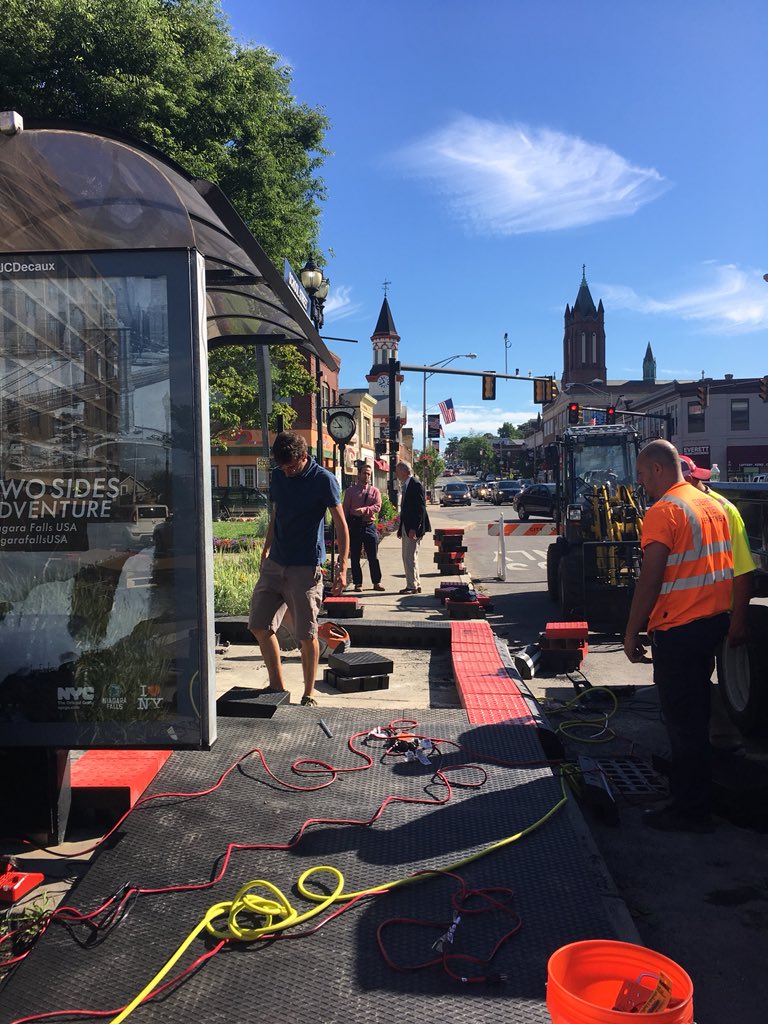So question about the Silver Line Waterfront. A number of people have (rightly) pointed out that the bus tunnel (what was once-upon-a-time going to be called the Piers Transitway, which I do think is a nice service-agnostic name for the piece of infrastructure, à la Tremont Street Subway) really is a double-edged sword for BRT. On the one hand, yes, it's grade-separated and isolated from traffic. On the other hand, because it's not a guideway, vehicle speeds are necessarily extremely low.
Some have suggested that well-placed bus lanes with signal priority might be more effective at getting passengers between South Station, the Seaport and the airport.
My question: what route(s) would be good for this? I was playing around on Google Maps the other day, and between all the flyovers and ramps, it's actually surprisingly difficult to avoid a circuitous route that still gets you into the Ted Williams Tunnel, in part because the entries into the tunnel are actually closer to South Station than a number of the main attractions in the Seaport (especially those that sit outside of South Station's current walkshed).
In an ideal world, a BRT interchange located approximately at the current Silver Line Way stop, straddling the highway and grabbing some land from the police station, where buses can drop quickly from street level into the tunnel, would be helpful. But, particularly absent that, what are the other good options? Seaport Boulevard, Congress Street, Summer Street?

